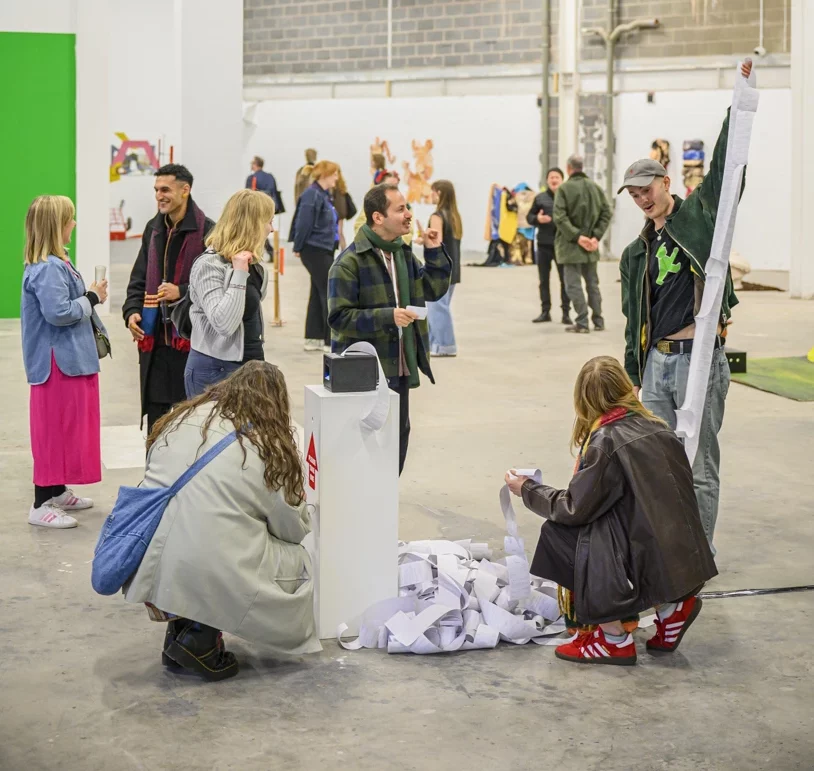Goldsmiths’ mesmerising videos explore the worst impacts of our linear economy, which often take place out of sight, over the horizon or below the surface.
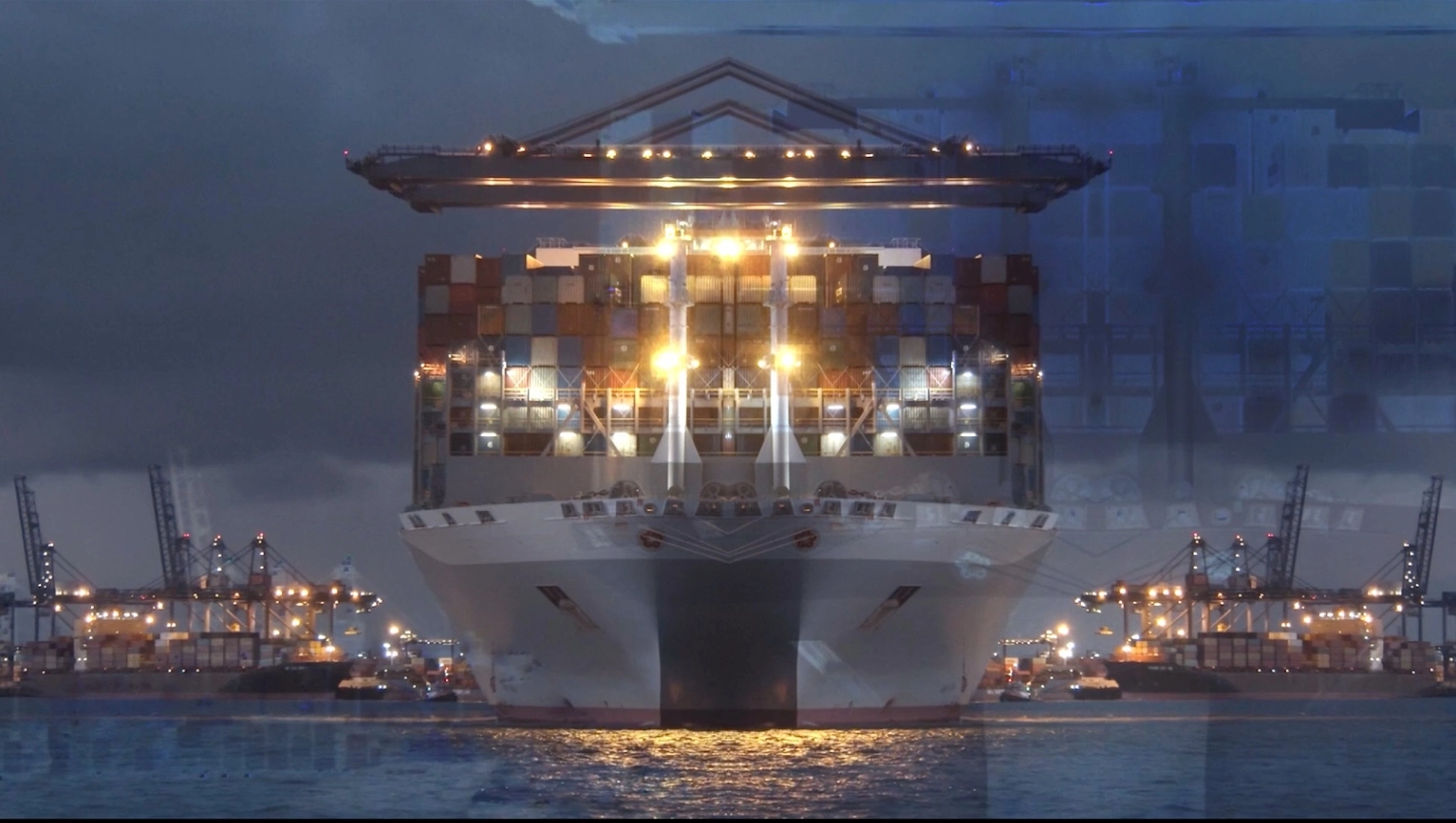
Congratulations on winning Zealous Stories: Digital Art! Could you give us some context into your project, Terminal B, and tell us where the idea stemmed from?
My interest in commercial shipping and its role in globalisation first started in 1997. I visited a beach in Bangladesh where commercial ships were dismantled at the end of their working lives, on the cheap and far from the public gaze. Container ships play a key role in global trade but largely occupy a hidden world, out of sight and over the horizon. Away from public gaze, ships have grown to such a huge size that some vessels can carry well over 20,000 containers when fully loaded. The scale of these ships and the quantity of goods they are carrying is shocking and awe-inspiring – potentially sublime.
Your videos explore the negative impact of global trade and consumer culture. Is this a topic that is intrinsic to your practice? What message are you hoping to convey?
Linear economics (the throwaway society) is a theme running through much of my work. Until around 50 years ago, global trade was quite visible, cargo ships would transport goods to the centre of many coastal cities. With containerisation, global trade has moved to the margins where few people observe it and have a sense of its scale. Introducing the audience to something that is largely out of sight but emphasising its overwhelming scale and hinting at threat and danger, I believe draws on the philosophical sublime.
Your video documentation is mesmerising – it reminds me of a kaleidoscope! How do you achieve these visual effects and what impact do they have?
The methods I use are a combination of camera and editing techniques. I use digital reflections to amplify what I want people to see and conceal what I don’t. These ships can take up to 5 minutes to sail past so I have to use a technique that will make what would normally be a very dull clip into something that is watchable. I see my work as a form of documentary film. I feel that I am presenting ‘facts’ to an audience but using visual techniques and sounds instead of dialogue to convey the message. People often describe my work as mesmerising, I think this is good, my main aim is that people stick with it and watch the videos to the end.
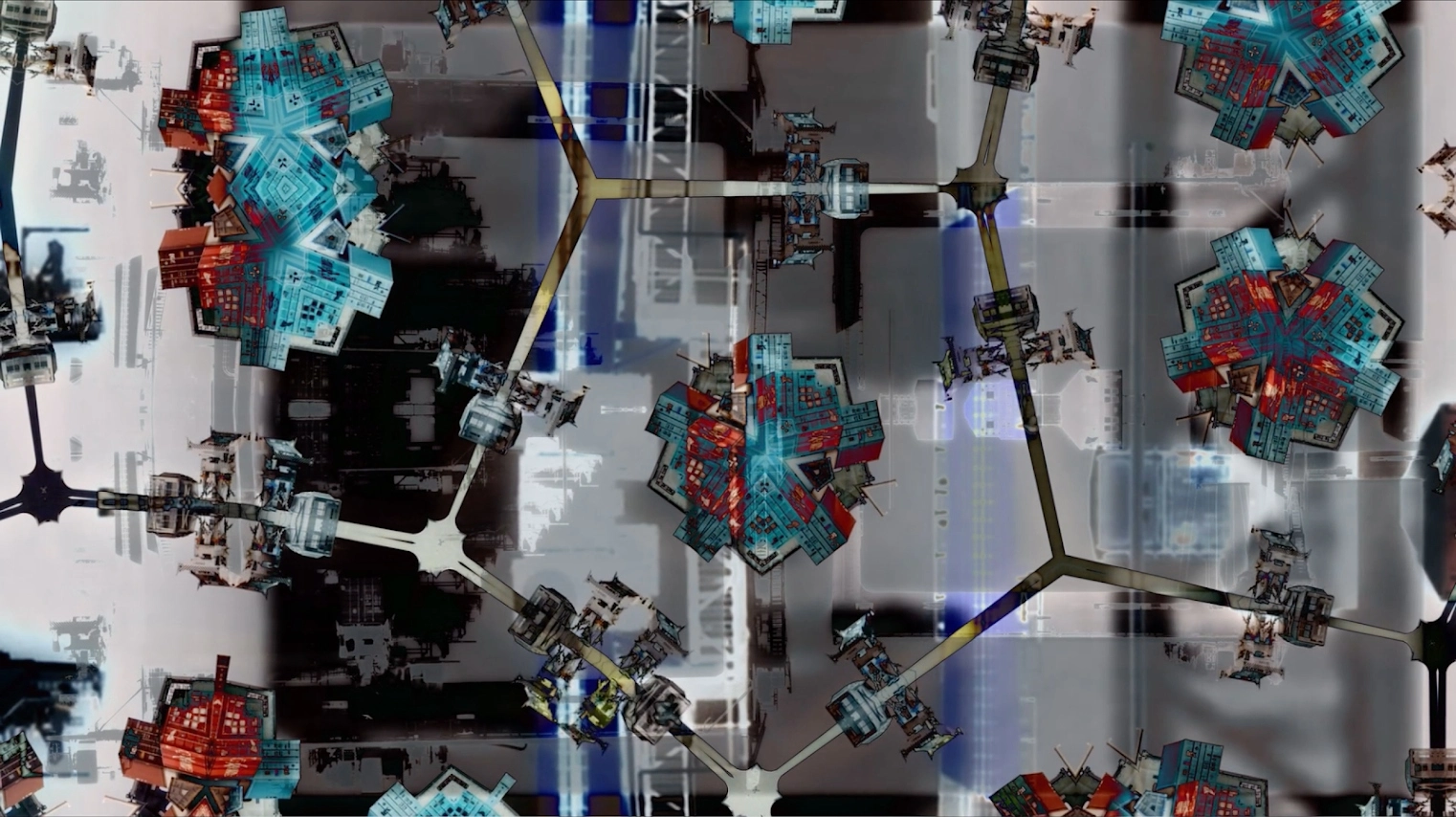
As a photographer, filmmaker and video artist, how do you divide your time across these mediums?
Most of my work is recorded on my own, so I usually have to carry a lot of equipment on location. Therefore, I need to decide at the beginning if a project is to be video or photographic to reduce the amount of equipment I will need. The project that Terminal B is drawn from is mostly video. Sound is often taken for granted, but it plays an important role in my video work. I have made my own underwater microphones for recording waves, the sound of distant ship propellors and other underwater sounds that I edit into the videos.
I’d love to hear more about your process. Could you give us a brief overview of how a video is created?
Thanks to modern technology, I can use mobile phone apps to track commercial ships or planes so that I can plan visits to ports or airports rather than just turn up and hope for the best. I am always looking for a moving subject – this could be a train, a ship, a plane or an industrial robot. I usually shoot this from a static, tripod-mounted camera and allow the movement to take place in front of the lens. I rarely capture sound at the same time as filming, I normally search for interesting location sounds and combine them later with sounds that I stumble on or create artificially.
What is your must-have piece of equipment when working?
I could easily film all of my work on my smartphone but my field mixer (Sound Devices MixPre 3) is the piece of equipment that I would hate to be without.
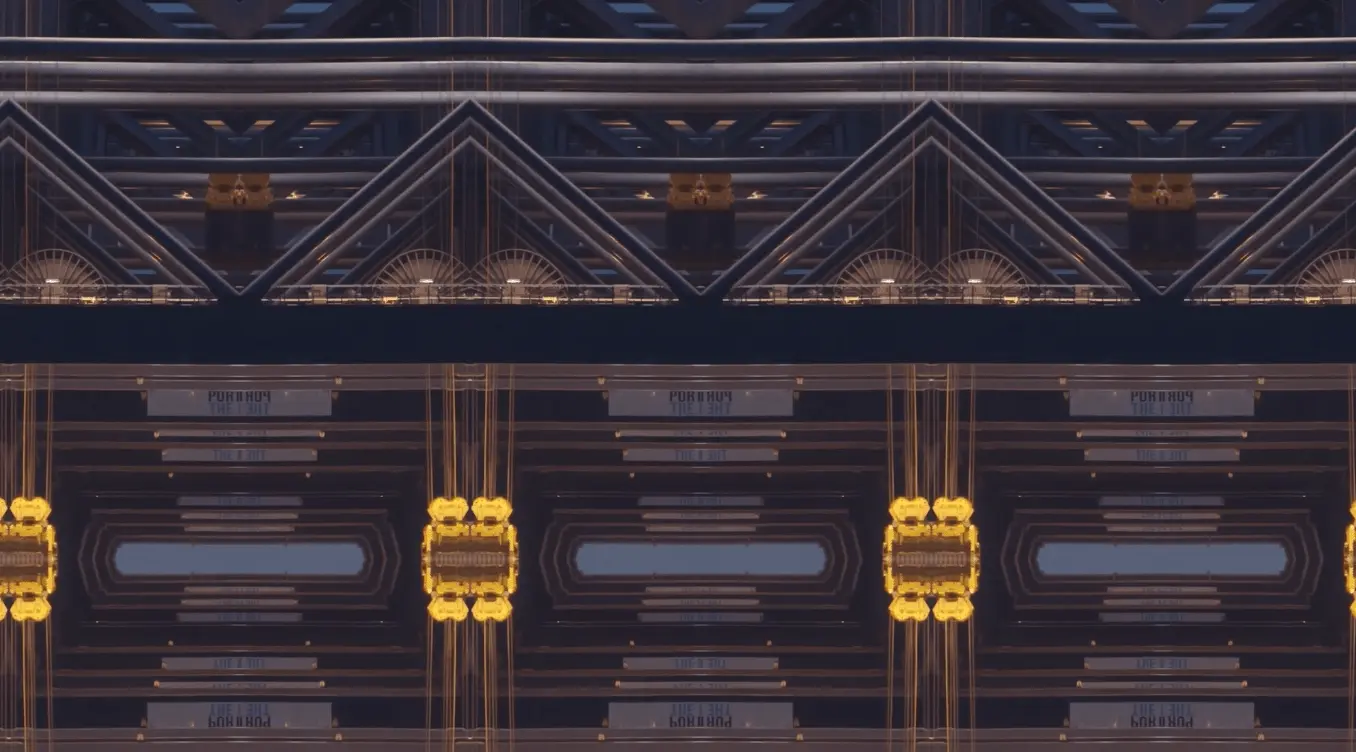
Alongside your artistic practice, you provide tailored workshops and videography training. Do you find training others deepens your own practice?
I have taught for a long time but at the start of the pandemic, I was asked to do a lot of online training, particularly using smartphones for video and photography. As always, I learn as much from the students as they do from me which has really helped me to think differently about my phone as a capture device. The smartphone is a disruptive piece of technology that means everyone can now be a videographer or photographer and start capturing the world, ‘warts and all’.
How do you envision your practice evolving in the future?
I haven’t got ships out of my system yet. If I can find the funding, I would like to film on board a container ship as it travels between major ports. Recently, I have been exploring industrial robots and automation. I am particularly interested in how these machines will make products and services cheaper and therefore more easily consumed. In the distance, I would like to look at the food industry and aviation.
Let us know you want us to write more content like this with a love!
Share
Authors

